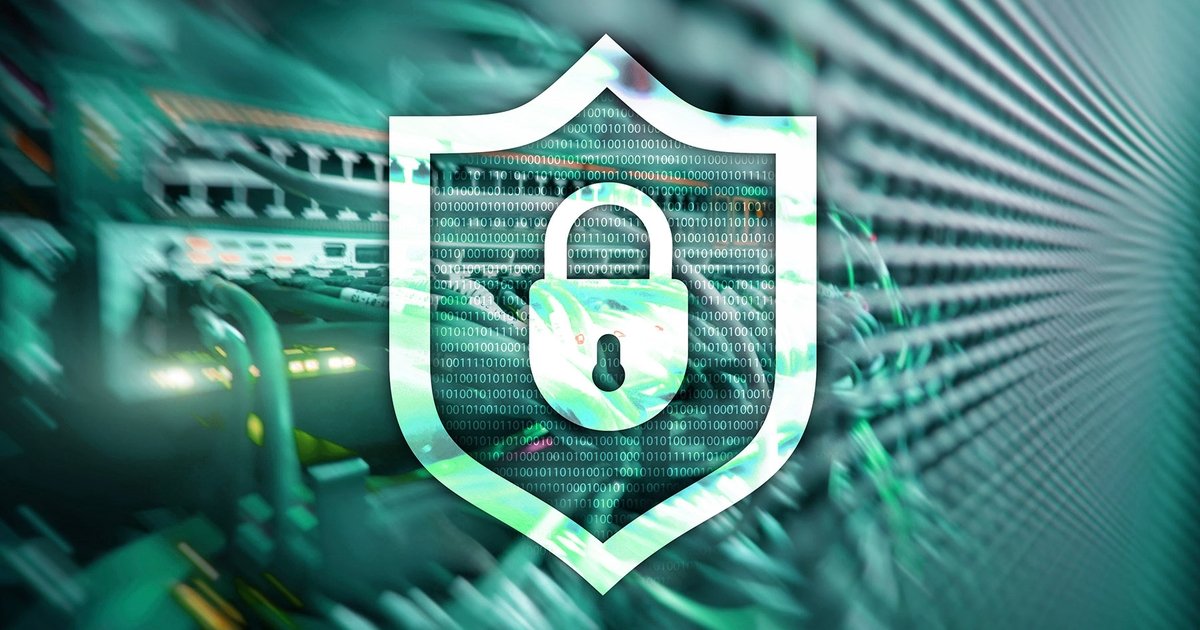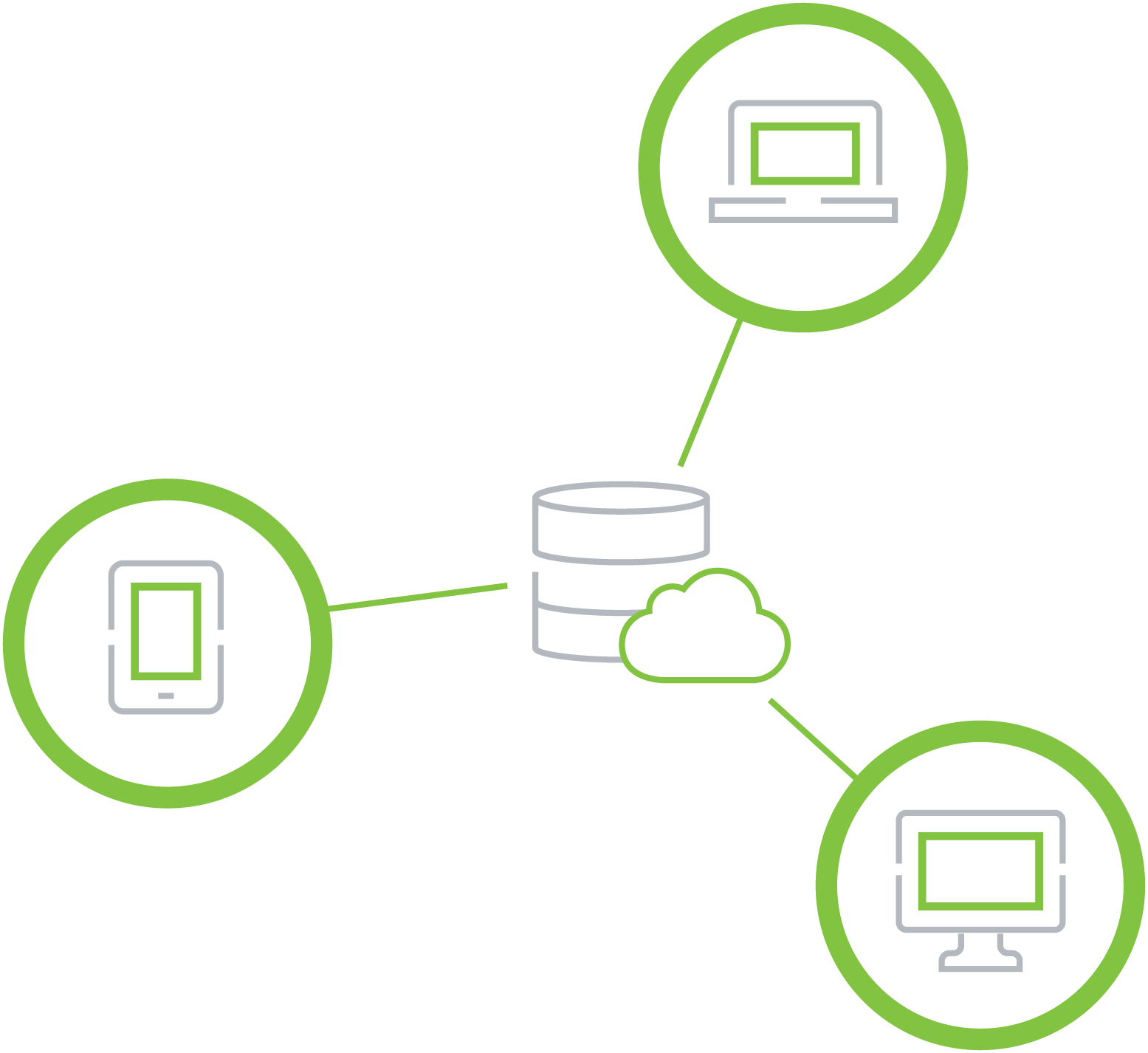As ransomware threats continue to grow in sophistication, the need for resilient backup systems has never been greater. The ideal solution combines the speed and control of on-premise systems with the scalability and redundancy of cloud technologies. A hybrid backup approach delivers the best of both worlds—fast recovery, cost efficiency, and operational resilience. However, implementing and managing these systems requires expert oversight to handle the complexities of synchronization, integration, and security.
A carefully designed hybrid backup strategy is key to protecting business continuity. Contact our team today to explore how your existing infrastructure can be integrated with cloud storage for advanced, ransomware-resistant protection.
The Value of Ransomware-Resilient Backup Systems
Modern backup solutions are designed with ransomware resistance at their core, leveraging technologies such as immutable storage, version control, and frequent backups to secure vital business data from modern cyber threats.
Immutable Storage
Immutable storage prevents unauthorized access or modification, ensuring that backups remain untouched even during ransomware attacks. It protects your data by locking it in a non-editable state, making it impossible for attackers to encrypt or delete it.
Versioning for Recovery
Versioning enables businesses to restore files to earlier, uncorrupted versions. In the event of an attack, companies can simply roll back to a clean state—minimizing data loss and avoiding prolonged downtime.
Frequent and Automated Backups
Regular backups provide near real-time recovery points, which reduces operational disruptions. In an attack, businesses can quickly retrieve the latest safe version of their data, keeping critical systems running.
Fast Recovery and Business Continuity
These technologies allow businesses to recover operations swiftly and avoid paying ransom. Recovery becomes a strategic advantage, preserving customer trust, brand reputation, and operational stability.
Real-World Impact
Organizations across industries are benefiting from ransomware-resilient backup systems. A large financial institution, for instance, survived a sophisticated ransomware attack by relying on immutable, versioned backups. They restored data without paying ransom or halting service. Similarly, a healthcare provider was able to quickly recover patient records after an attack, ensuring uninterrupted care.
These examples demonstrate how investing in the right backup technology not only prevents data loss but also strengthens organizational resilience.
Challenges in Building Ransomware-Resilient Backup Systems
While the benefits are compelling, organizations face several challenges in developing and maintaining effective backup systems:
Backup Integrity at Risk
Cybercriminals increasingly target backup repositories. Without strong encryption and access controls, backups become vulnerable. Regular monitoring and access control enforcement are essential to preserve integrity.
Targeted Attacks on Backups
Ransomware actors often seek out and destroy backups. Mitigating this risk requires a layered approach—offline storage, geo-redundant backups, and immutable configurations that isolate data from network-based attacks.
Managing Offline Backups
While offline (air-gapped) backups are effective, they come with operational burdens. They must be updated frequently and stored securely, requiring scheduled processes and careful handling to remain effective and current.
Testing Recovery Processes
Backup reliability hinges on regular recovery testing. Without validation, businesses may discover too late that backups are incomplete or incompatible. Testing under real-world conditions ensures systems can be restored quickly and accurately during a crisis.
Compliance and Regulatory Requirements
Industries governed by standards such as HIPAA, GDPR, or PCI DSS must implement auditable, encrypted backup processes. Adapting backup systems to evolving regulatory demands adds another layer of complexity.
Overcoming these obstacles is essential to building a robust, ransomware-resistant backup infrastructure.
Implementing Ransomware-Resilient Backup Systems
To deploy an effective system, businesses should work with experienced partners who can guide design, execution, and ongoing management.
Strategic Design & Architecture
Expert-designed systems incorporate essential features—immutable storage, version control, and automated backups. This foundation ensures businesses can recover from ransomware without paying attackers or facing extended outages.
Continuous Monitoring
Ongoing surveillance of backup systems helps detect anomalies early. Proactive alerting and response reduce the risk of threats escalating into full-scale breaches.
Regular Integrity Testing
Routine validation ensures data can be restored in real time with full accuracy. Periodic restore tests confirm the reliability and completeness of backup systems when they’re needed most.
Incident Response Planning
A defined backup and recovery plan is vital for rapid action during ransomware attacks. A prepared response team can minimize downtime and ensure secure data recovery—preserving business operations and reputation.
With expert support, organizations can implement backup systems that are not only resilient but fully prepared to respond to modern cyber threats.
Conclusion
The rise of sophisticated ransomware calls for equally sophisticated defense mechanisms. A ransomware-resilient backup system is no longer optional—it’s essential for protecting your business, data, and operations.
Through immutable storage, frequent automated backups, and thorough testing, businesses can avoid ransom payments, reduce downtime, and stay operational in the face of rising cyberattacks. With expert planning and active monitoring, your organization can maintain full data integrity and be ready to recover—anytime, under any threat.
Take the next step in safeguarding your business.
Contact us today to build a backup strategy that ensures fast recovery and secure continuity in 2025 and beyond.






